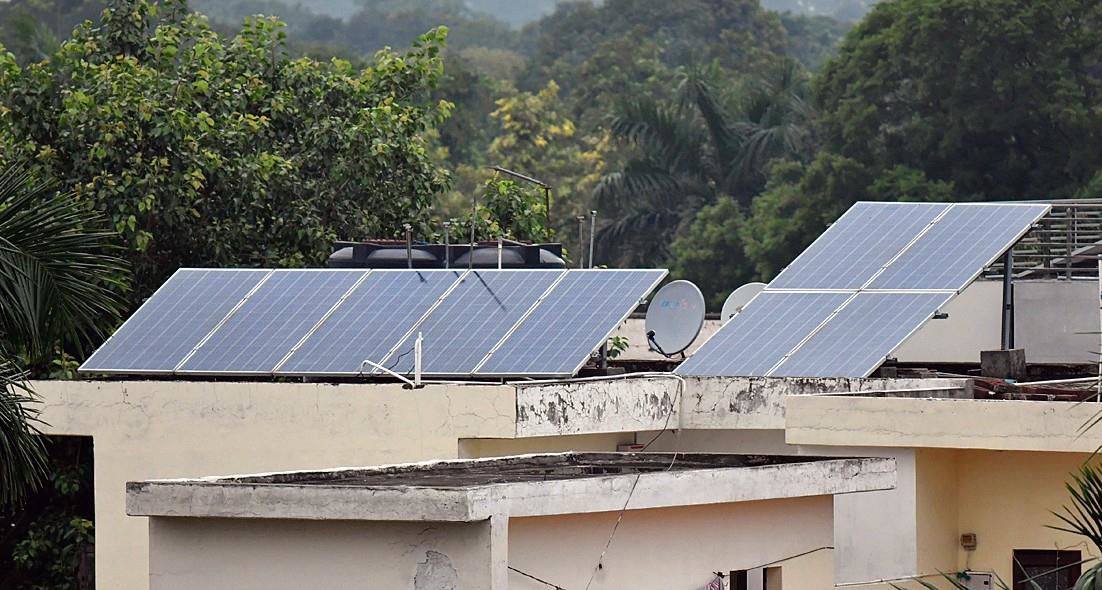How Microgrids are Transforming Remote Australian Communities
Microgrids are emerging as a vital solution for providing reliable, clean energy to Australia’s remote and regional communities. These small-scale, localized electricity systems are proving to be a game-changer for areas where connecting to the main grid is not feasible.
Renewable Energy Microgrids: A Viable Alternative
Traditionally used for disaster recovery during bushfires and cyclones, microgrids are now being employed for consistent, 24/7 clean energy supply. Renewable energy sources, particularly solar energy, are the backbone of these microgrids, often complemented by advanced energy storage solutions like lithium batteries, pumped hydro, or hydrogen.
Recent research by experts has examined 20 microgrid feasibility projects across Australia. The findings highlight the crucial role of these microgrids in advancing the energy transition, supported by federal and state governments through the A$50.4 million Regional and Remote Communities Reliability Fund.
Case Study: The Marlinja Microgrid
A notable example of this trend is the Marlinja microgrid in Northern Territory. This remote community of 60 people, located 700 kilometers south of Darwin, experienced frequent power outages and high electricity costs due to outdated grid infrastructure and pre-paid meters.
Today, Marlinja benefits from a 100-kilowatt solar array and a 136 kWh battery system. This microgrid ensures reliable power supply, with residents saving at least 70% on their energy bills compared to previous costs. The Marlinja microgrid is Australia’s first Indigenous community-owned microgrid, developed by Original Power with support from Jacana Energy and a $750,000 grant.
Overcoming Challenges and Looking Ahead
Despite these successes, challenges remain for microgrid expansion. Outdated regulations and insufficient government investment hinder the rapid rollout of these technologies. Furthermore, social and economic changes are needed to develop sustainable business models for community ownership and benefit sharing.
Nevertheless, the Marlinja microgrid sets a precedent for future projects. By demonstrating a successful model of local investment and energy independence, it paves the way for other remote communities to embrace solar energy and energy storage solutions.
Broader Impacts and Future Developments
Microgrids offer more than just clean energy; they represent a shift towards local energy autonomy and economic development. Other communities, such as Cobargo and Yackandandah, are exploring microgrids to enhance energy security and reduce emissions.
The rapid adoption of microgrid technology reflects broader energy market trends. As Australia moves towards greener energy policies and invests in solar technology, the potential for microgrids to drive economic and environmental benefits grows.
Source:miragenews.com





